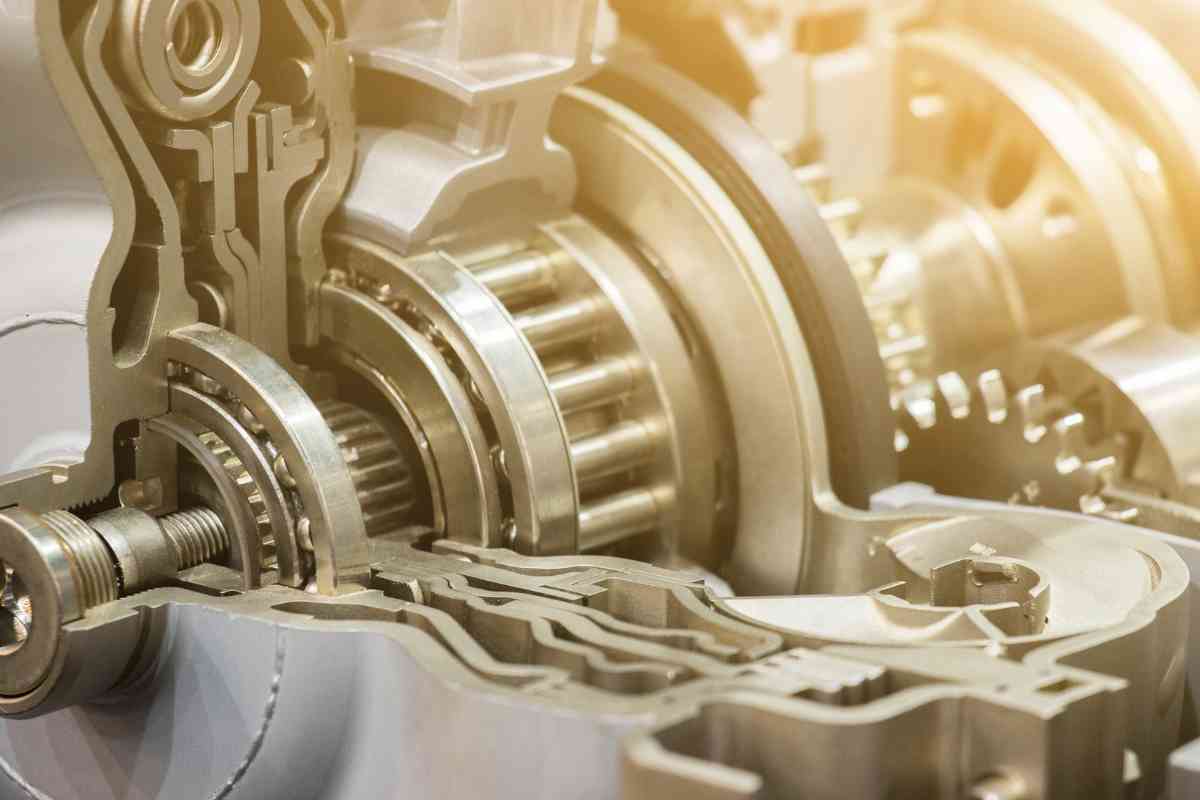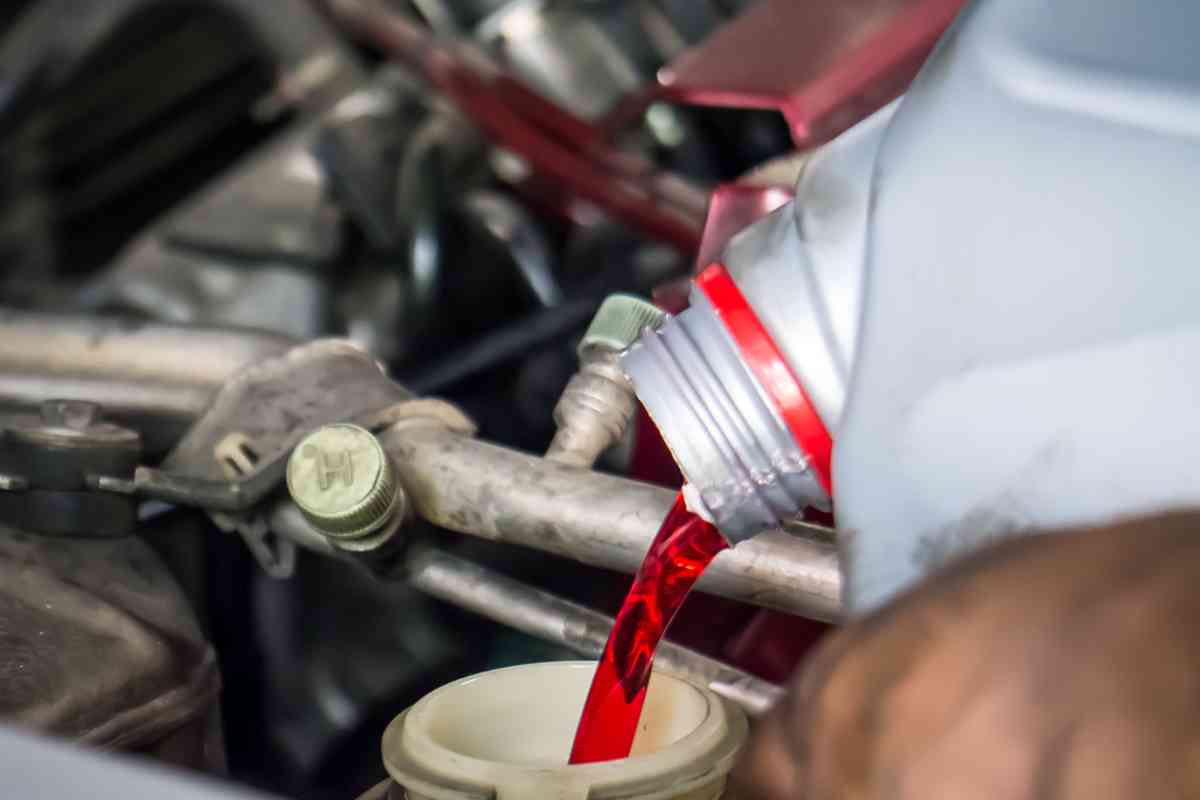Understanding Transmission Systems: Your Guide to How They Work and Troubleshooting Tips
Dive into the heart of your car, and you’ll find more than just the engine’s roar; you’ll discover the transmission, the unsung hero that brings your ride to life. Ever marveled at how your car glides from a halt to cruising down the freeway, or how it effortlessly downshifts as you overtake? This magic is all thanks to the transmission, a masterpiece of gears and precision that turns engine power into motion.

Related Post! Everything You Need To Know About Rebuilt Transmissions
How Does a Vehicle Transmission Work?
A vehicle transmission ensures smooth power transfer from the engine to the wheels, adapting gear ratios to match driving conditions. It shifts gears automatically or manually, maintaining engine efficiency across speeds. This intricate system balances acceleration and fuel economy, enabling seamless transitions and optimal performance, whether accelerating or cruising.
Understanding the transmission system might seem like a journey into a complex world, but it’s a ride worth taking. From the classic manual to the effortless automatic and the innovative continuously variable transmissions (CVTs), each brings its own flavor to how we experience driving.
Ever encountered a mysterious noise when changing gears, or felt your car hesitate before picking up speed? These could be signs whispering (or shouting) for attention, signaling it might be time for a closer look to prevent a minor hiccup from turning into a full-blown transmission saga.
Regular maintenance is your first line of defense in keeping your transmission running smoothly. A simple check on your transmission fluid can unveil stories your car is eager to tell, from tales of wear and tear to early warnings of issues on the horizon. And if trouble does arise, don’t fret; armed with a few troubleshooting tips, you’re well-equipped to tackle these challenges, ensuring your journey remains as smooth as the day your car first won your heart.
Let’s unravel the mysteries of transmission systems together, beginning with the basics:

Types of Car Transmissions
- Manual Transmissions: The domain of those who love to be in control, demanding a dance between clutch and gear stick for that perfect shift.
- Automatic Transmissions: The epitome of convenience, adapting seamlessly to your speed and taking the guesswork out of gear selection. Here, CVTs shine, offering an endless array of gear ratios to match every driving need.
Key Components
- Torque Converter: The automatic’s answer to the manual’s clutch, a hydraulic marvel that brings engine and transmission into harmony.
- Gearbox: The core of the transmission, a complex array of gears fine-tuned to balance power and efficiency, no matter the journey.
- Clutch: The heartbeat of manual transmissions, connecting and disconnecting the engine with a press of the pedal, allowing for smooth gear transitions.
Related Post! Can The Wrong Size Tires Damage Your Transmission?
Transmission Operation Fundamentals
Imagine your car as a cyclist, shifting gears to conquer hills or speed down a path; this is the essence of a transmission at work. It keeps the engine purring within its sweet spot, ensures seamless transitions between gears, and delivers power where it’s needed most. Whether you’re navigating city streets or embarking on a cross-country adventure, the transmission is your faithful companion, ensuring every trip is a testament to the joy of driving.
Gear Ratios Explained
Imagine your car as a cyclist on a hill—just as they shift gears to maintain speed and efficiency, your car adjusts gear ratios to balance engine power with wheel speed. High gear ratios kick in for that initial surge of power from a standstill, while lower ratios keep your engine relaxed and roaring on the freeway. This delicate balance ensures you’re always in the right gear at the right time.
The Role of the Torque Converter
In the world of automatic transmissions, the torque converter is the star, stepping in for the manual clutch. It’s a hydraulic genius that connects your engine to your wheels, allowing for smooth starts and stops without stalling. Beyond its basic duties, it also amplifies power when you accelerate, ensuring that your car responds with vigor every time you hit the gas.
Understanding the Clutch Mechanism
For those who prefer the hands-on approach of manual transmissions, the clutch is your faithful companion. It’s the bridge between your engine and transmission, ensuring you can shift gears smoothly without grinding. Mastering the clutch means seamless transitions and a more connected driving experience.
Hydraulic Systems in Automatic Transmissions
Automatic transmissions harness the power of hydraulic systems to shift gears effortlessly. This intricate network of fluid-powered components decides when to shift gears based on your driving speed and engine load, all without you having to lift a finger. It’s like having a co-pilot dedicated to finding the sweet spot of power and efficiency.

Transmission Maintenance
Keeping your transmission in tip-top shape is akin to ensuring the heart of your vehicle beats strong. Through regular inspection intervals and common maintenance procedures, you can avoid the headaches of major repairs down the road.
- Regular Inspection Intervals: Think of these as your car’s regular health check-ups, essential for diagnosing issues before they escalate. A peek under the hood every 30,000 miles can keep your transmission running smoothly for the long haul.
- Common Maintenance Procedures: From checking the transmission fluid for clarity and smell to hunting down leaks and updating the filter, these steps are your first defense against wear and tear.
Fluid Management
Fluid management is non-negotiable in the realm of transmission care. The right fluid levels and types are paramount, as they keep your transmission cool, lubricated, and functioning flawlessly. Neglect here can lead to premature transmission aging or even catastrophic failure.
Related Post! Common Honda Transmission Issues
Troubleshooting Common Issues
When transmission troubles loom on the horizon, knowing how to pinpoint and address them can transform a daunting ordeal into a manageable fix. Let’s navigate through the symptoms, diagnoses, and solutions for both automatic and manual transmissions, and even touch on how to handle the notorious transmission slip.
Recognizing Transmission Symptoms
Stay alert for your car’s way of saying “help” — whether it’s through sluggish gear shifts, unexpected noises, or a delay in movement. These signs are your first clues in unraveling the mystery of transmission health.
Diagnosing Automatic Transmission Problems
For those with automatic transmissions, keep an eye out for erratic shifting or a reluctance to engage gears. A quick glance at your transmission fluid can reveal a lot; dark, burnt-smelling fluid is a distress signal, while clean, red fluid means you’re likely in the clear. Sometimes, the solution is as simple as a fluid replacement.
Handling Manual Transmission Glitches
Manual enthusiasts might encounter difficulty shifting gears. This could stem from a worn clutch or misaligned gear synchronizers. A bit of DIY clutch linkage adjustment might do the trick, but when in doubt, it’s wise to consult a professional.
Solutions for Transmission Slipping
Transmission slipping—a gear change without your command or a refusal to stay in gear—is a red flag. Addressing low fluid levels or worn bands early can prevent a minor issue from ballooning. A fluid change might offer a temporary fix, but be prepared for potentially more significant repairs.
Advance Troubleshooting Techniques
Diving deeper, advanced diagnostics can shed light on the intricate web of transmission issues.
- Electrical Diagnostics: Checking the transmission control module, sensors, and solenoids with a multimeter can reveal crucial voltage insights, crucial for smooth gear transitions.
- Pressure Testing for Hydraulics: Utilizing a hydraulic pressure test kit allows for pinpoint accuracy in detecting leaks or pump failures, essential for automatic transmission health.
- Using On-Board Diagnostics (OBD): An OBD-II scanner can be your best friend, offering a window into your car’s soul (or at least its error logs), guiding you straight to the issue at hand.

Performance and Modifications
Beyond maintenance, upgrading your transmission can elevate your driving experience, marrying power with precision.
Upgrading Transmission Components
Investing in high-performance clutch kits, lightweight flywheels, and upgraded synchros can significantly enhance the driving experience, providing:
- Better torque handling
- Reduced slipping
- Faster revs
- Smoother shifts
Such upgrades transform a stubborn gearbox into a smooth operator, making each drive a delight.
Performance-Tuning Transmissions
Fine-tuning your transmission, whether through reprogramming or replacing the ECU, can adjust shift patterns and rev ranges to better suit your driving style. This customization is about harmonizing the engine and transmission for peak performance.
Remember, while exploring these modifications, ensure compatibility with your vehicle’s specifications to maintain the integrity and joy of your driving experience. With the right approach, diagnosing and enhancing your transmission isn’t just about upkeep; it’s about unlocking a new level of enjoyment behind the wheel.
